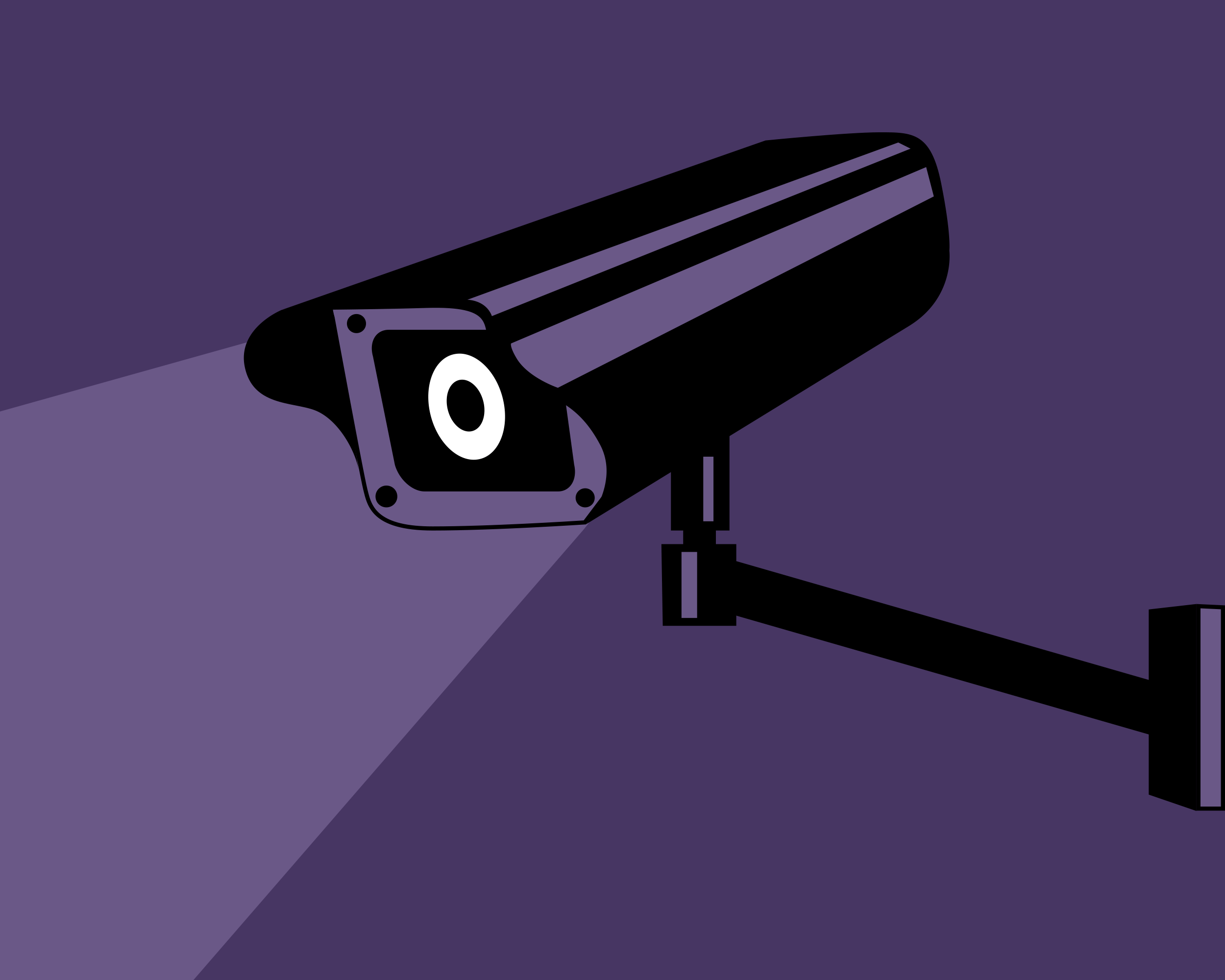We live inside a surveillance state that is unparalleled. As exposed in various leaks, the NSA, GCHQ, Chinese government, and other national spy agencies record and store every phone call, text message, email, and other signal that is available to them, then make these records easily searchable in databases cross-referenced with names, locations, buying habits, financial records, etc. We know that these agencies tap in directly to the data centers and undersea cables belonging to telecommunications corporations. And we know that these secret spy agencies are unregulated, operating outside the law and largely without oversight.
The combination of modern cloud computing, ubiquitous surveillance cameras, insecure communications technology, facial recognition, and machine learning has propelled the surveillance apparatus of the state to levels that would have been considered science fiction a decade or two ago. And leaked government documents show that these capabilities are used offensively or pro-actively to spread false information, discredit, intimidate, and cause discord for political opponents.
Indian dissident Arundhati Roy warns that “Our digital coordinates [now] ensure that controlling us is easy. Our movements, friendships, relationships, bank accounts, access to money, food, education, healthcare, information (fake, as well as real), even our desires and feelings—all of it is increasingly surveilled and policed by forces we are hardly aware of.”
There are various ways to resist this state of affairs, including engaging in personal efforts to increase your privacy and security, tackling political and policy change at the national level, and working to dismantle the entire techno-industrial system.
However, this article aims to explore one small way that ubiquitous surveillance can actually be leveraged to increase the security of resistance movements.
Cell Phone Tracking and “Geofencing”
Each time a cell phone connects to a cell tower, its location is logged. This is true for both old school “dumb” phones and smartphones. Modern smartphones exacerbate this issue via GPS tracking and other signals which are transmitted through mobile internet networks and recorded in apps.
So let’s say there was a crime committed. Something serious; an armed robbery, for instance. In a situation like this, one common tools used by law enforcement is called geofencing. This technique involves taking a subpoena to the major internet and telecommunications companies—Verizon, AT&T, Sprint, Apple, Google, etc. This subpoena directs these companies to provide the state with a list of all cell phones recorded within a certain geographic area during a certain time. This geofencing procedure is used to narrow down the list of suspects and is admissible in court.
Geofencing and Obfuscation
I am not advocating that any of you in particular go out and commit crimes. I am advocating for privacy. And the ubiquitous nature of cell phone tracking makes it possible to obfuscate movements relatively easily. A simple example: if someone were about to engage in activity that they wished to keep secret, they could give their cell phone to a trusted accomplice and send them on, for example, a long drive through a rural location—preferably somewhere without cameras. Cell phone location data, which is being constantly recorded by each telecommunications provider, would then provide “false data” on the location of that phone’s owner.
This is a simplified example, but is meant as a starting point to more deeply explore this topic. While the surveillance state is powerful, it is not all-powerful. J.R.R. Tolkien once said that the “one bright spot” of the present world is “the growing habit of disgruntled men of dynamiting factories and power-stations.” Our situation today is similar to the “roving eye of Sauron” in Tolkien’s Lord of The Rings.
They cannot watch us all, not all at once.


Saboteur checklist: generic bicycle (or generic car with covered plates), mask, and cell phones off. It’s not 1970 anymore.
Do you have thoughts about 5G and surveillance?
It’s just a further incremental escalation of existing corporate-controlled communications / surveillance technology.